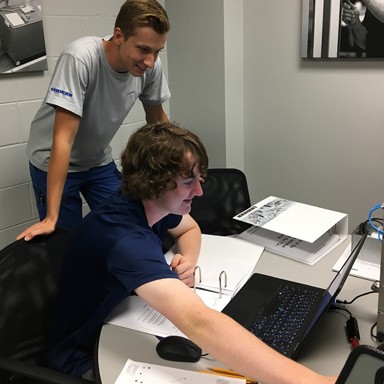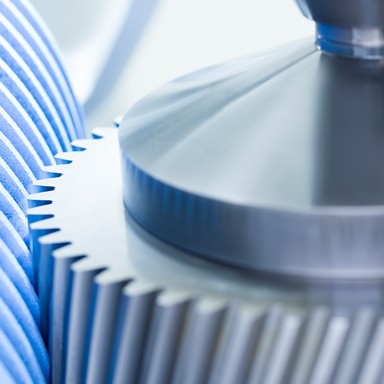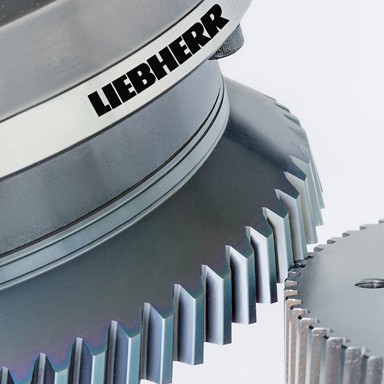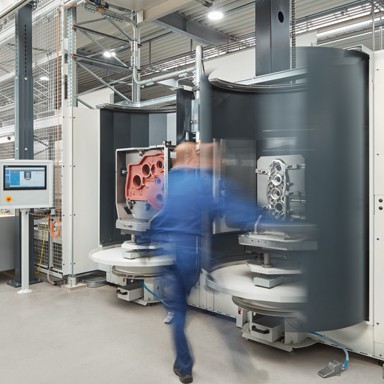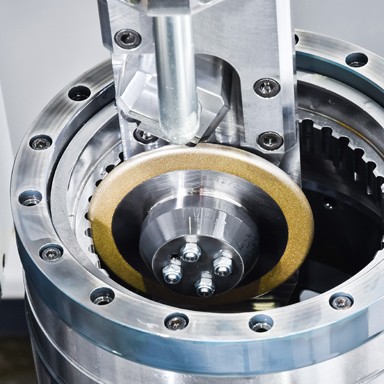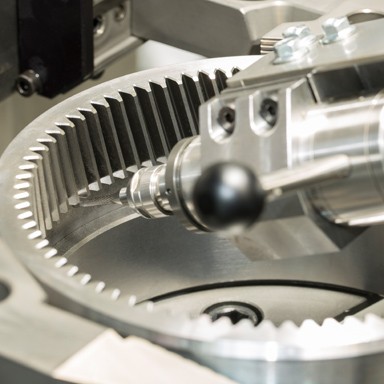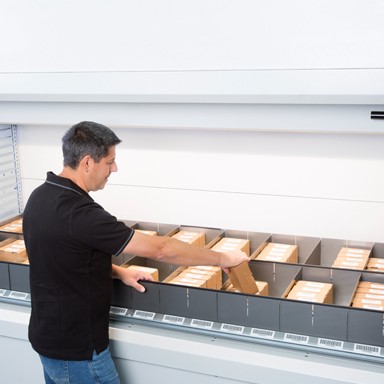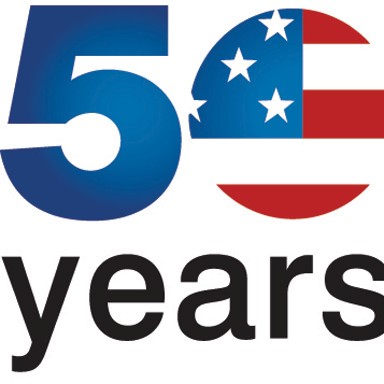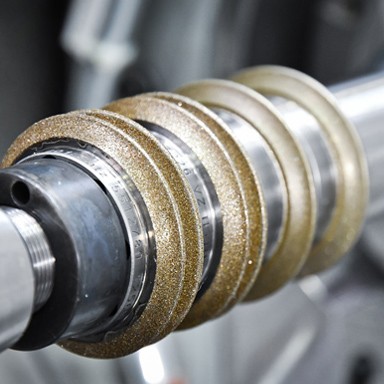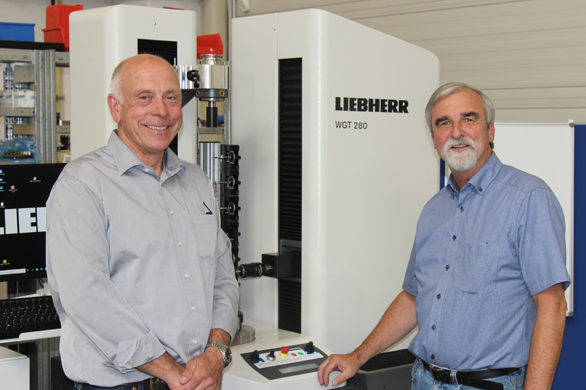
A year ago, Wenzel GearTec GmbH, a successful manufacturer of gear inspection machines, was integrated into Liebherr-Verzahntechnik GmbH. How are the customers, technology and employees benefiting from this today? We spoke to Peter Biemer, Liebherr’s divisional Head of Sales Gear Cutting Machines, and Heinrich Brüderle, Head of Measuring Technology, formerly of Wenzel GearTec GmbH.


